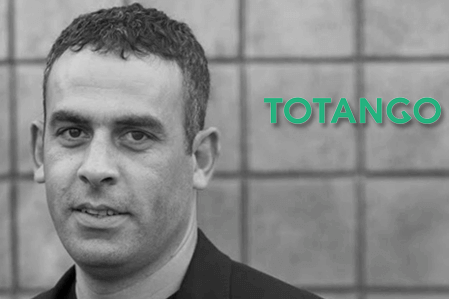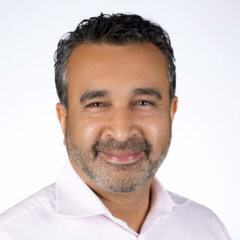Totango CEO Guy Nirpaz shares his vision for customer success
 We sat down with the CEO of Totango, Guy Nirpaz, to learn more about their platform and the importance and future of Customer Success.
We sat down with the CEO of Totango, Guy Nirpaz, to learn more about their platform and the importance and future of Customer Success.
What’s the Founding story of Totango?
What’s your approach to customer success?
GN: In the digital subscription model, you don’t have the same customer relationship as in the on-premise days, so the question becomes how do you know if they are finding success with your product? It starts with usage stats to know if your customers are using the product in the right way. You need to know what motivates them and if they are seeing value.
We built our product to understand the value a customer is getting and built a feedback loop so that the company can understand what is and isn’t working. We see five categories of information that help you assess customer value:
- Product utilization and adoption engagement – how much do your customers use your product; how frequently; who uses it; how deeply and widely are features used?
- Capacity utilization – of the capacity sold (e.g. seats, storage), how much is actually utilized?
- Business outcome – is the service leading to my success? For example, if I buy a marketing system to capture leads, am I successful in capturing leads and what’s the trend?
- Customer/ call feedback – hearing the customer voice
- Support and payment collections
Every category has more than one metric. The first three categories are the leading indicators. They are objective and cover 100% of the customer base. The last two metrics are important, but in many cases, they are lagging, subjective, and opinion based. Also, they don’t have 100% coverage of customers. Often just 10-20% in the case of open support cases. Additionally, opening a support case is not necessarily a bad thing. In fact, it could be a good thing. Industry response rates to satisfaction surveys are generally 10%, maybe 20% at tops. Plus, you can only collect such feedback infrequently.
How do you position yourselves?
- Value over customer management
- Actions over words
- Contextual engagement
- Real-time sensors
- Focus on all customers
- Focus on all users
How does that manifest in your product?
- Early warning system – which tells you which customers need your attention and why?
- Customer success process and team management – which provides the ability to scale your team and activities.
- Campaign management – the ability to communicate in a scalable way.
- Customer analytics – why do customers churn? What features are working for them? Who are your top customers? Who is lagging and why? It helps you answer the discovery questions you’re trying to understand.
What’s unique about your customer monitoring platform?
I’ll give you an example. I was watching a streaming movie on Amazon and had issues. That event that triggered Amazon to email a refund. Companies can create experiences for customers by seeing events they are going through with your service, and driving a business process as a result of it. Events can also be project based such as a renewal. We think that all these things have some sort of truth in them – it’s important to think from a customer journey perspective. The customer monitoring capability monitors the current situation or state of the customer at a specific point in their journey and alerts you if something isn’t right.
Who is your ideal customer?
Are the majority of your customers SaaS?
How has CSM industry changed?
What are the factors affecting your product roadmap?
Our customers. We have come a long way from how you solve the problem, to what should a CSM be doing, to what should a team lead be doing, to what does a day, week, month, quarter, and year look like. We are building all the dimensions. Had we known everything we do today, we would have defined the architecture of a solution differently two years ago. We’ve learned a lot from working with our 200+ customers.
How do you balance being prescriptive with business model variances by company?
There’s been a lot of debate between protocols and strategy. We don’t build our product based on protocols. It’s not hard wired. We try to help our customers with principles. We build capabilities to enable customers to build their own protocols. It’s not rigid. The product has all the components you need, but you don’t have to use everything.
To what degree is consulting required?
Is there anything else you’d like to express?
I think there’s a lot of noise in the Customer Success space right now. It’s just the beginning. It’s hard to see who is knowledgeable versus jumping on the bandwagon. People need to be focused on the goal. If you build a customer success team with the mindset of support or account management, it will be very hard to achieve the desired result. You cannot just change the title of the person. There’s still a lot of terminology we need to work through.
To share your own user insights about Totango, write a review on TrustRadius.
Was this helpful?
